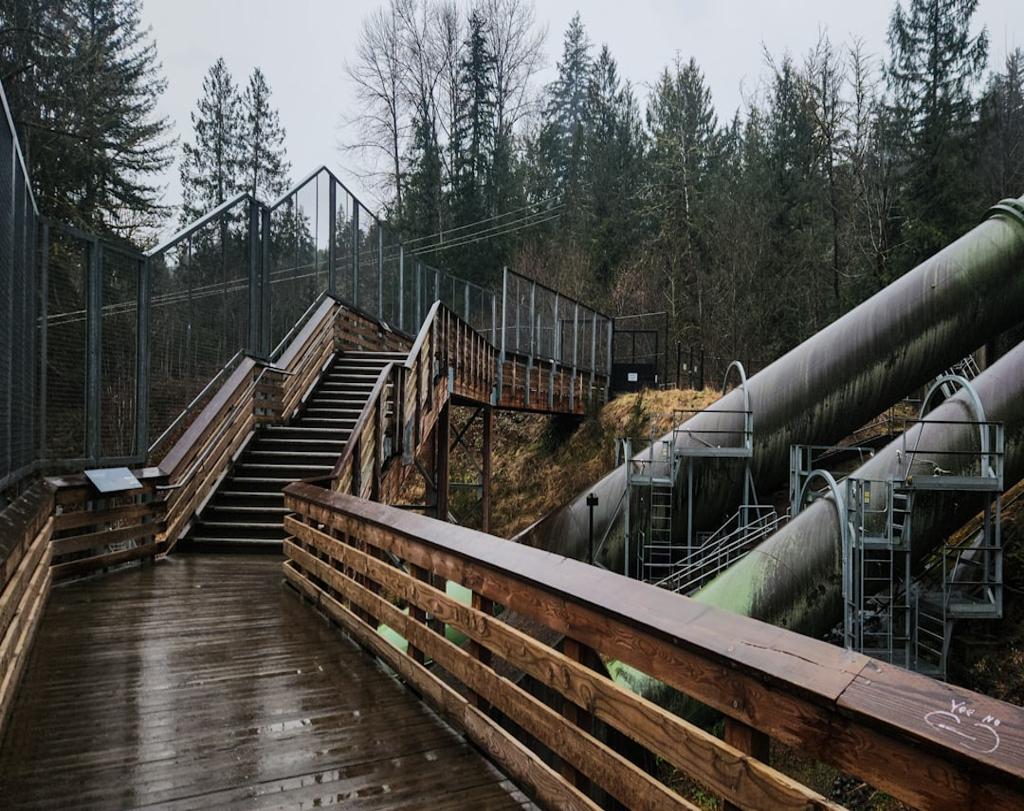Hydropower: Unlocking Sustainable Energy Solutions
Hydropower, an energy source harnessed from the force of flowing or falling water, is becoming increasingly vital in our quest for sustainable energy solutions. In this comprehensive guide, we delve into the world of ‘Hydropower: Unlocking Sustainable Energy Solutions’, exploring its importance, benefits, challenges, and the future outlook. So, let’s dive in and unlock the potential of this renewable energy source.
The Critical Importance of Hydropower Today
Firstly, it’s essential to understand the significance of hydropower in our present energy landscape. As a result of growing environmental concerns and the urgent need for renewable energy, hydropower has emerged as a leading solution. Learn more about why understanding Hydropower matters.
Essential Benefits You Gain from Implementing Hydropower
Hydropower offers numerous advantages that make it a desirable energy option. One significant advantage is its sustainability. Furthermore, according to U.S. Department of Energy, hydropower is the largest source of renewable electricity in the United States.

Benefit A: Improving Efficiency with Hydropower
Hydropower plants are incredibly efficient at converting the kinetic energy of moving water into electricity, with efficiency rates reaching up to 90%. This level of efficiency is far superior to fossil fuel plants, making hydropower a prime choice for energy production.

Benefit B: Cost Savings via Hydropower
Hydropower also offers significant cost savings. Once a hydropower plant is established, the cost of operation and maintenance is relatively low. Additionally, hydropower plants have long lifespans, typically exceeding 50 years, leading to long-term financial benefits.
Overcoming Common Hydropower Implementation Challenges
However, implementing hydropower isn’t without hurdles. Environmental and social impacts, high upfront costs, and site-specific requirements can pose challenges. For example, building dams can disrupt local ecosystems and communities. See potential Hydropower solutions here.
Exploring Different Types of Advanced Hydropower Solutions
Specifically, there are several approaches to harnessing hydropower. Traditional hydropower systems involve large-scale dams, but there are also run-of-river systems and pumped storage plants. In contrast, emerging technologies like tidal and wave power offer exciting new ways to harness water’s energy. Compare different Hydropower types.
The Future Outlook and Innovations in Hydropower
Looking ahead, the future of hydropower appears promising. Innovations in turbine technology, environmental mitigation techniques, and energy storage solutions are paving the way for more sustainable and efficient hydropower systems. Similarly, read the forecast from International Energy Agency’s report on Hydropower.
Conclusion: Your Next Steps Towards Mastering Hydropower
In conclusion, embracing hydropower offers substantial rewards, from environmental sustainability to cost savings and improved energy security. Therefore, as we move towards a more sustainable future, understanding and leveraging the potential of hydropower becomes increasingly important. Get started with our Hydropower starter guide.









Post Comment